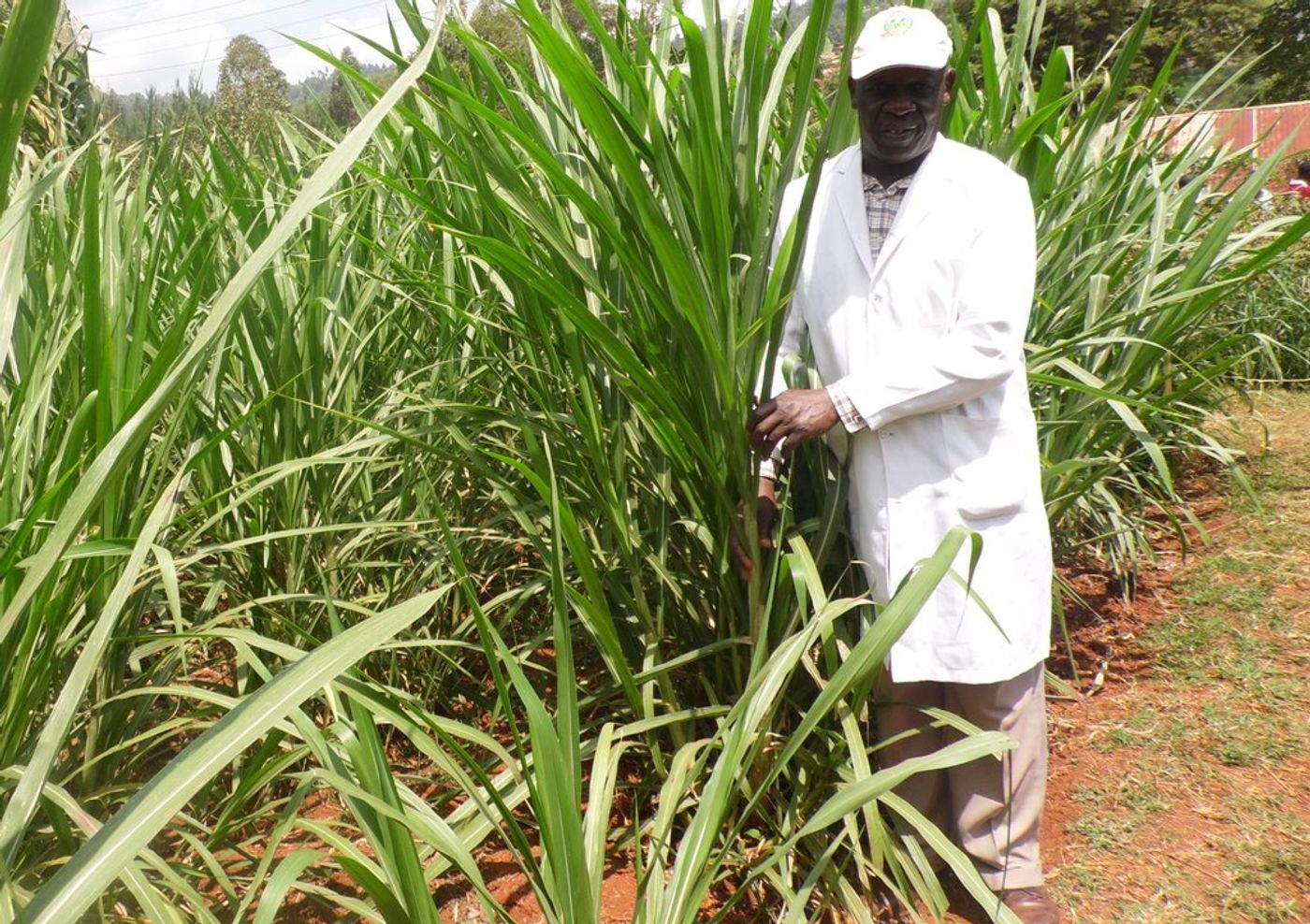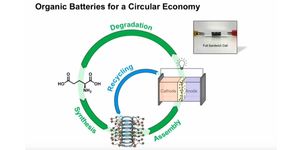Napier grass lifts up Kenya's dairy farms while cutting greenhouse gas emissions
Is Napier grass the win-win that East Africa is looking for? The native grass species has the potential to boost nutritional dietary value (and therefore agricultural yields) while at the same time slashing greenhouse gas emissions, reports a new study published in Global Change Biology. The study was conducted by researchers at Lancaster and Wageningen Universities and the Centre for International Forestry Research in Kenya.
The whole idea is based on the concept of swapping cattle feeding grounds, from forests to cultivated Napier grass, in an effort to reduce greenhouse gas emissions while simultaneously improving local people’s nutritional intake.
"The impact of dairy farming on the environment is a very hot topic globally at the moment," said principal investigator Professor Mariana Rufino, from the Lancaster Environment Centre. "Increasing milk production really matters in Africa because even a small amount of milk can make a huge difference to a young child in terms of brain development, micronutrients and growth, particularly in the under-fives. Dairy production also empowers women and improves access to medical services and education because it provides a constant income. Milk is produced most of the year, while income from crops comes in seasonally. What our study shows is that it is more efficient to get cows out of the forest and to give them richer feed on the farm."
Small-scale dairy farming (10 cows or fewer) accounts for the livelihoods of approximately 2 million Kenyans and is an important part of local economies. However, the traditional practice of grazing cattle on grasslands and communal forests diminishes a forest’s capacity to act as a carbon sink, a crucial ecosystem service. In their study, the researchers were interested in figuring out a better alternative to this system, as well as determining how cows’ diets impacts the amount of methane they emit.
To do so, the researchers tested three feed diets on the dairy cattle: silage made from maize grown locally, cultivated African Napier grass grown on existing grassland, or a combination of both. They discovered that while all three diets increased milk production per cow by between 44% and 51%, the pure Napier grass diet reduced total emissions by 2.5%, more than the Napier and silage combo. The reason for this, say the authors, is that Napier grass produces lower carbon emissions but higher biomass per hectare than maize.
The researchers say that small-scale dairy farming has been overlooked as a sector of the dairy industry. Professor Rufino said: "Currently the way the dairy sector's greenhouse gas emissions are measured only include what is used on the farm. This study shows the importance of including all the emissions involved, whether from land use changes around the farm or from feed production."
"Intensification of the current Kenyan dairy sector, if done properly, can reduce emissions from the forest sector and so overall emissions,” comments co-author Professor Martin Herold from Wageningen University. We believe this has implications for small dairy farms all over East Africa since both food security and enhancing forests are high on national policy agendas. But this will only work if agricultural policy and forestry policy are aligned. And it won't reduce carbon emissions if the dairy sector expands overall, or if it moves away from small farms to industrial-scale production."
Sources: Global Change Biology, Science Daily










